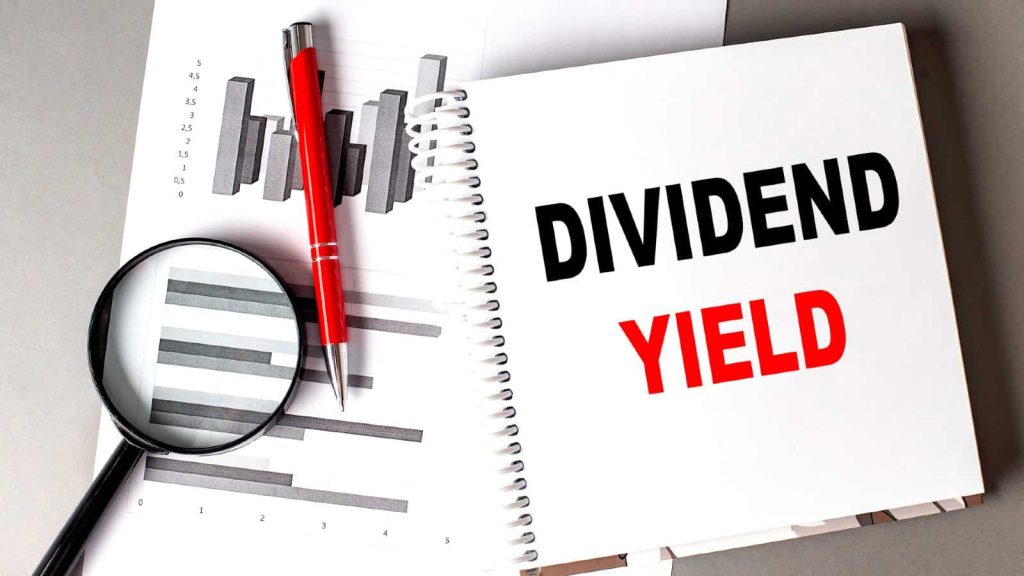Is a high-yield portfolio the key to a meaty second income from FTSE 100 shares?


At first glance, receiving a second income sounds like a nightmare. Sure, the money sounds nice. An extra influx of cash on the regular sounds very nice indeed, in fact. But a second income tends to mean a second job – which tends to mean a lot of hard graft!
So-called side hustles like giving lifts to strangers or delivering boxes of chicken nuggets might work for those with the energy and inclination for it. But, in my humble opinion, putting those burdens on top of a day job sounds like a bit too much in the day. Wouldn’t it be nice to get the advantages of an additional income stream without working myself to the bone to get it?
One option
Well, one way of picking up one of these second incomes is what’s known as a high-yield portfolio. These portfolios usually consist of a collection of stocks in various listed companies with a laser-like focus – on a high and reliable cash return. To be clear, this isn’t a free lunch. It’s not a money tap that can be turned on and off with no thought involved.
The stock market poses a cornucopia of risks from falling share prices to stagnant economies all the way to black swan crises (we’ve not had a depression for a while, have we?) But for those willing to face the risks and put a little time into setting it up, a high-yield portfolio could be a way of earning that prized second income.
The London Stock Exchange is jam-packed with these sorts of big dividend payers. A quick glance shows dozens of stocks offering a dividend yield of above 6% right now. That yearly return will likely make up the bulk of the income but there’s more besides. Stock markets have a long history of going up.
The FTSE 100 surged past the 9,000 figure to a record high in the week that I write this. Picking a few world class stocks from the 2,000-plus listed in London could make for a very attractive portfolio of this kind. Of course, therein lies the big question. Which stocks to pick?
Big yields
FTSE 100 stalwart Taylor Wimpey (LSE: TW), the country’s third biggest housebuilder, might be one stock that fits the bill. The company is on track to build 10,000 homes in 2025. This should help it deliver plenty of earnings to be paid out as dividends. Future years could see completions and earnings increase along with demand. It’s hardly a secret that the country needs more houses built!
The yield stands at 8.25% making it ideal for those looking for high-yielding stock. That said, the company has announced this bumper yield is getting a haircut. Yields are not guaranteed from year to year. This is why attention needs to paid on the overall company rather than a single percentage figure. Taylor’s Wimpey’s dividend policy is based on a percentage of total assets which could also be a problem if the earnings doesn’t cover it.
In Taylor Wimpey’s case, the downsides include inflation bumping up building costs and recent tax and minimum wage changes narrowing margins too. All in all, I think there’s plenty to like here and this could be a stock investors want to consider for a second income.
The post Is a high-yield portfolio the key to a meaty second income from FTSE 100 shares? appeared first on The Motley Fool UK.
More reading
- Affordability issues in the housing market dent the Taylor Wimpey share price
- Taylor Wimpey shares yield 8.7% and are forecast to grow a stunning 30% this year!
- These 2 dividend shares are yielding at least 8.4%!
- £15k invested in these dividend shares could yield an enormous second income!
- Which is better: £100,000 or a second income of £5,481 per year?
John Fieldsend has no position in any of the shares mentioned. The Motley Fool UK has no position in any of the shares mentioned. Views expressed on the companies mentioned in this article are those of the writer and therefore may differ from the official recommendations we make in our subscription services such as Share Advisor, Hidden Winners and Pro. Here at The Motley Fool we believe that considering a diverse range of insights makes us better investors.





